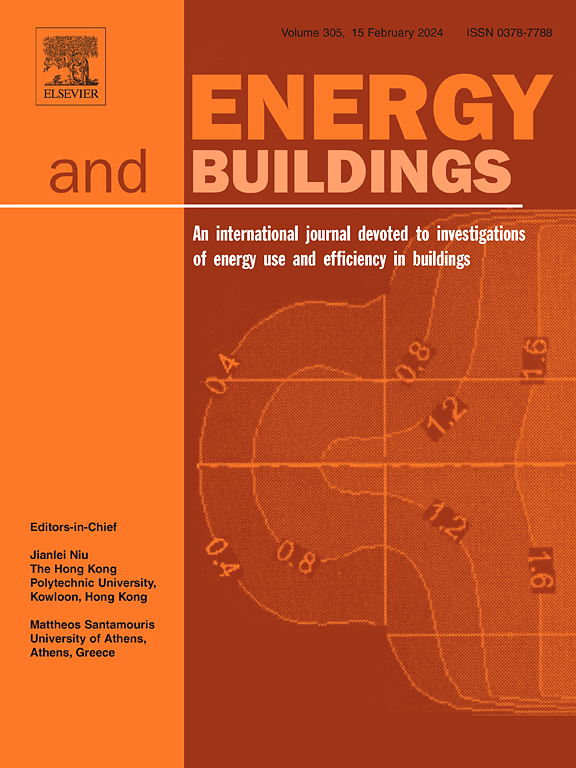A review on temperature and humidity control methods focusing on air-conditioning equipment and control algorithms applied in small-to-medium-sized buildings
Abstract
Humidity is an important factor that influences both thermal comfort and indoor air quality. Air-conditioning (A/C) systems in large-scale buildings can employ different equipment to control temperature and humidity independently. However, A/C systems commonly seen in small- and medium-sized buildings have no specific device to deal with moisture due to space limitations, which may leave humidity in these buildings without regulation. This paper summarizes two methods applied to control temperature and humidity in these buildings using A/C systems. One is to modify the structure of A/C systems or to introduce an additional dehumidifying equipment that is adaptive in small- and medium-sized buildings to decouple temperature and humidity control loops. The other is to develop advanced control algorithms to realize simultaneous temperature and humidity control in a variable speed direct expansion air-conditioning unit. Principles, merits, and obstacles of these two methods are presented. Since the paths for development of the two methods were totally separated before, potential benefits of energy saving and better control performance brought by combining the two methods are discussed. It is expected that this paper could promote relevant studies and applications.

 求助内容:
求助内容: 应助结果提醒方式:
应助结果提醒方式:


